Personal Protective Equipment (PPE) refers to "all equipment that is intended for use or otherwise worn by a person at work and which protects the person against one or more risks to his or her health or safety". Includes safety helmets, gloves, eye protectors, respiratory protective equipment, ear protectors, high visibility clothing, safety shoes, seat belts, etc. PPE should only be considered as a last resort in the hierarchy of risk control measures. It is a complement to other measures, but not a substitute for them. To select appropriate PPE, risk assessments should be performed to determine which type of PPE is most appropriate. The PPE selected must comply with internationally recognized standards or standards stipulated in the legislation to ensure its effectiveness. Employers have guidance, training and supervision duties regarding the use of PPE. They must ensure that their employees know why and when PPE is used, its schedule, and maintenance or replacement limitations. Employees must wear PPE throughout the hazard exposure period.
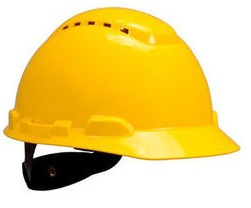
Safety helmets
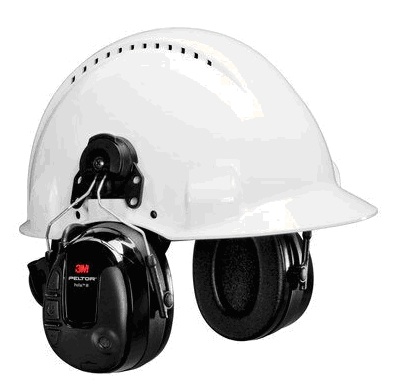
Safety helmets with Earmuffs / Headset
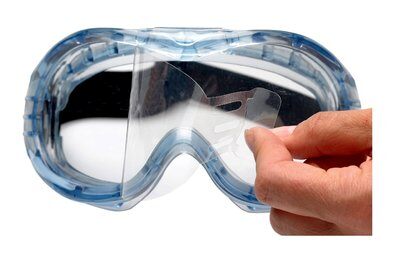
Goggle
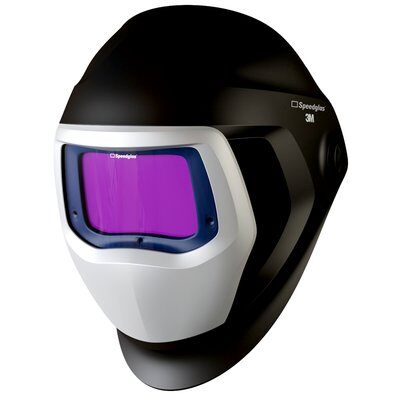
Welding Helmet
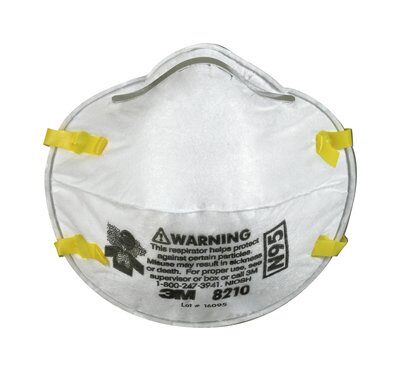
Particulate Respirator
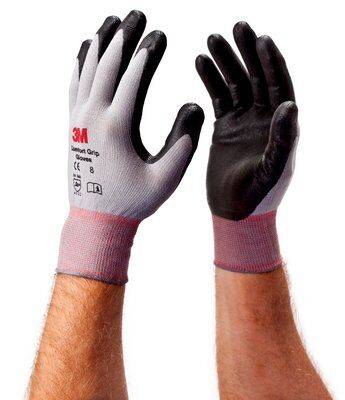
Grip Glove
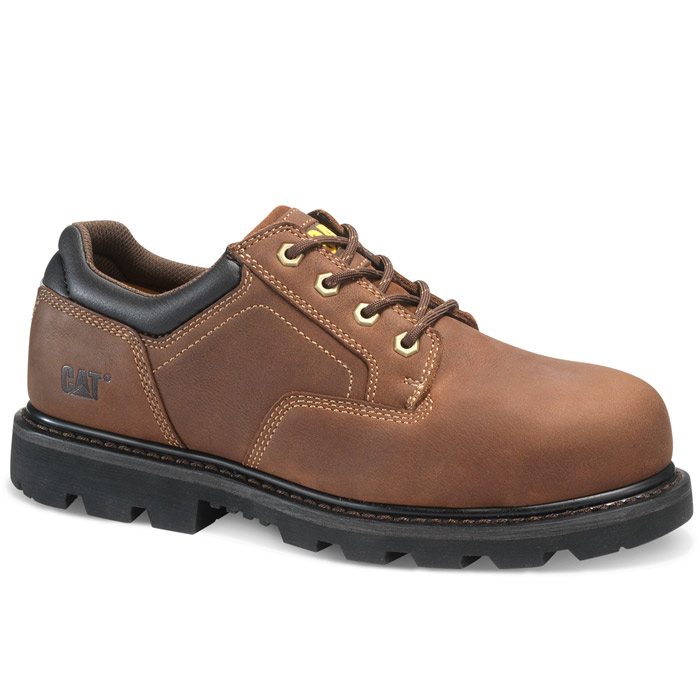
Safety Toe
Photo:
3M, Caterpillar website
Text Source:
